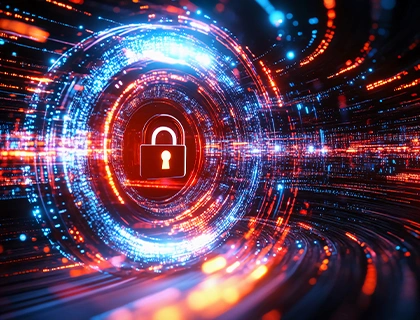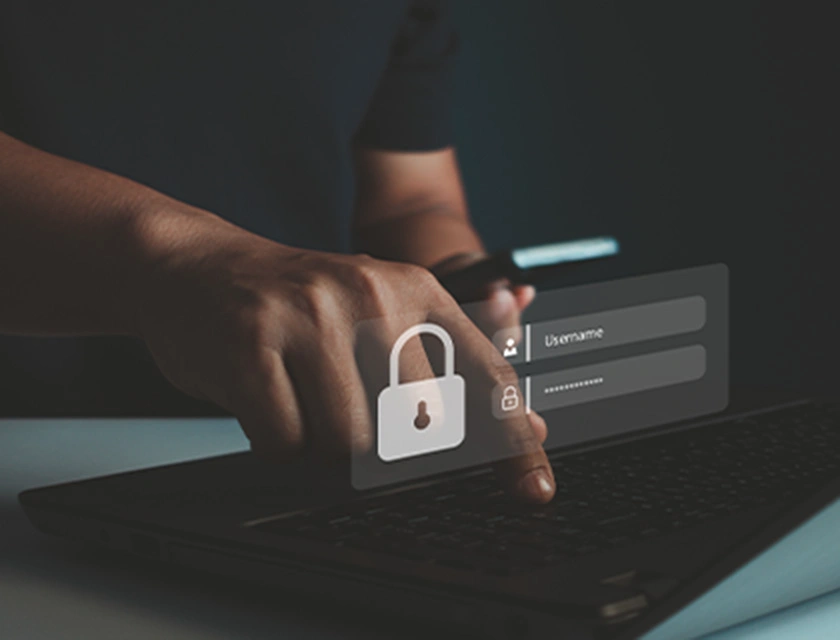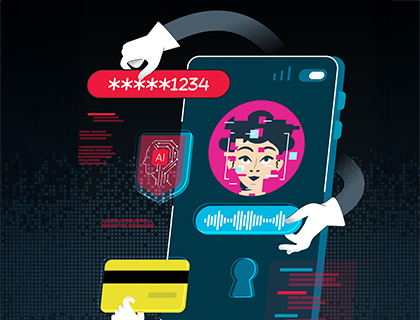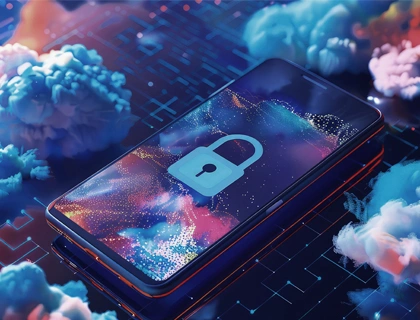
Quantum security is not just about a single product but a broader network of technologies, partnerships, and strategies working together. Learn how an ecosystem approach can strengthen your enterprise security against quantum threats.
5 Mins
26th February 2025
Article
Cyber security, Quantum-safe network
The rise of quantum computing presents groundbreaking opportunities and unprecedented security challenges. Global experts project a 31% chance of current encryption becoming obsolete by 2030.1 As the threat of quantum attacks looms closer, many enterprises have responded with security measures that tackle only portions of the broader challenge.
However, a siloed approach to quantum security is neither scalable nor sustainable. A fragmented solution landscape reveals a fundamental problem where security is not approached strategically.2
Quantum risks are interconnected, and tackling them requires a holistic approach.
The potential of quantum computers to breach current encryption standards presents serious risks to critical sectors like finance, healthcare, and government. A vulnerability in one area could compromise security across various systems, increasing the likelihood of unauthorised access and data breaches. RSA-2048 encryption is widely used to secure sensitive data, authenticate digital signatures, and establish secure communication channels over the internet. However, with the advancement of quantum computing, experts predict that RSA-2048 could be broken within just 24 hours in the next 15 years.3
A resilient quantum-safe network requires a holistic approach that ensures different technologies and solutions work together rather than in isolation. From Quantum Key Distribution (QKD) to Post-Quantum Cryptography (PQC), each component must function in tandem to create a layered, long-term defence against evolving threats.
Enterprises, governments, and technology providers collaborate to develop, test, and deploy quantum-resilient solutions. By prioritising interoperability and strategic partnerships, organisations can build adaptive security frameworks that proactively counter quantum threats, rather than relying on reactive, piecemeal fixes.
Quantum security cannot be achieved in isolation. As quantum threats evolve, defending against them requires a collective effort—one that brings together industry leaders to develop integrated, scalable, and commercially viable solutions. Singtel is driving this collaborative approach by working alongside key technology partners to build a resilient quantum-safe network, ensuring enterprises stay ahead of emerging cyber risks.
Singtel’s ecosystem with industry leaders
Palo Alto Networks: Enhancing quantum resilience with a post-quantum cryptography (Internet Protocol Security) IPSec VPN, leveraging the new encryption standards established by the United States National Institute of Standards and Technology (NIST). This ensures secure data transmission and authentication, protecting enterprises against quantum-enabled cyber threats.
Fortinet: Integrating PQC and QKD to develop a secure and scalable Quantum-Safe Network (QSN) for Singtel. Fortinet’s quantum-resistant software, hardware encryptors, and security platforms will play a crucial role in building quantum-safe architectures tailored to enterprise needs.
Cisco: Collaborating with Cisco and its routing platform to power next-gen quantum-safe connectivity, enabling enterprises to scale securely with Singtel QSN
Nokia: The Nokia 1830 Photonic Service Switch, powered by PSE-6s, enables high-speed, low-latency, and quantum-safe connectivity, working together with Singtel to secure networks across all domains against emerging quantum threats.
ID Quantique’s QKD technology: Embedded within Singtel’s Clarion KX platform, the technology enables enterprises to access quantum-safe services with reduced complexity.
Each of these partnerships plays a vital role in advancing quantum security as part of a broader, interconnected ecosystem. In 2024, Singtel, Southeast Asia’s first National Quantum-Safe Network Plus (NQSN+), launched a three-phase pilot programme to guide organisations through their quantum-safe journeys, ensuring a secure transition into the quantum era.4 By aligning encryption technologies, integrating quantum-safe architectures, and ensuring interoperability across solutions, Singtel and its partners are laying the foundation for enterprises to defend against quantum threats with confidence.
Security breaches in mission-critical industries like defence, transportation, and healthcare can lead to catastrophic consequences, from state-driven attacks to the disruption of vital systems.1 Without proactive measures, these sectors remain vulnerable to emerging quantum-enabled cyber threats.
Government & public services:
National security, citizen data, and classified communications require the highest level of protection. A single breach could expose sensitive government information, leading to espionage, operational failures, or geopolitical instability.
Financial services:
With digital transactions and financial records at constant risk, banks and fintech firms must adopt quantum-resistant cryptography to prevent future breaches, safeguard customer assets, and ensure regulatory compliance in an evolving security landscape. OCBC is the first financial institution to trial Singtel’s quantum-safe network, using quantum key distribution (QKD) and advanced encryption to defend against quantum-enabled attacks.5
Critical infrastructure:
Energy grids, transportation networks, and healthcare systems rely on interconnected networks that must remain resilient against cyber threats. A failure to implement quantum-safe protections could result in power outages, transportation failures, and compromised patient data.
No single company or technology can tackle the complexities of quantum security alone. As quantum threats continue to evolve, the strength of a well-integrated, multi-partner ecosystem becomes clear—bringing together expertise, innovation, and interoperability to create truly resilient defences. Enterprises must act now to future-proof their security frameworks, adopting quantum-safe technologies and collaborating within this growing ecosystem.
Secure the future, together. Discover Singtel’s quantum-safe ecosystem.
References:
1. Bloomberg, Quantum Technology Is a Threat to Data Security. It’s Also Part of the Solution, 2024
2. IBM, Unify your fragmented security: Accelerate transformation with platformization
3. Dark Reading, Quantum Computing Advances in 2024 Put Security In Spotlight, 2024
4. Singtel, Singtel launches Southeast Asia’s first nationwide quantum-safe network, ready for enterprise trials, 2024

SD-WAN, Cyber security, Network security, CUBΣ

Cyber security, Mobile security, SingVerify

Quantum-safe network

Cyber security, Healthcare, Government, Finance

Cyber security, Cyber education

Cyber security, Global Connectivity
Get the latest digest on business and technology trends straight to your inbox.